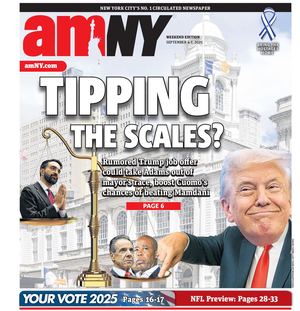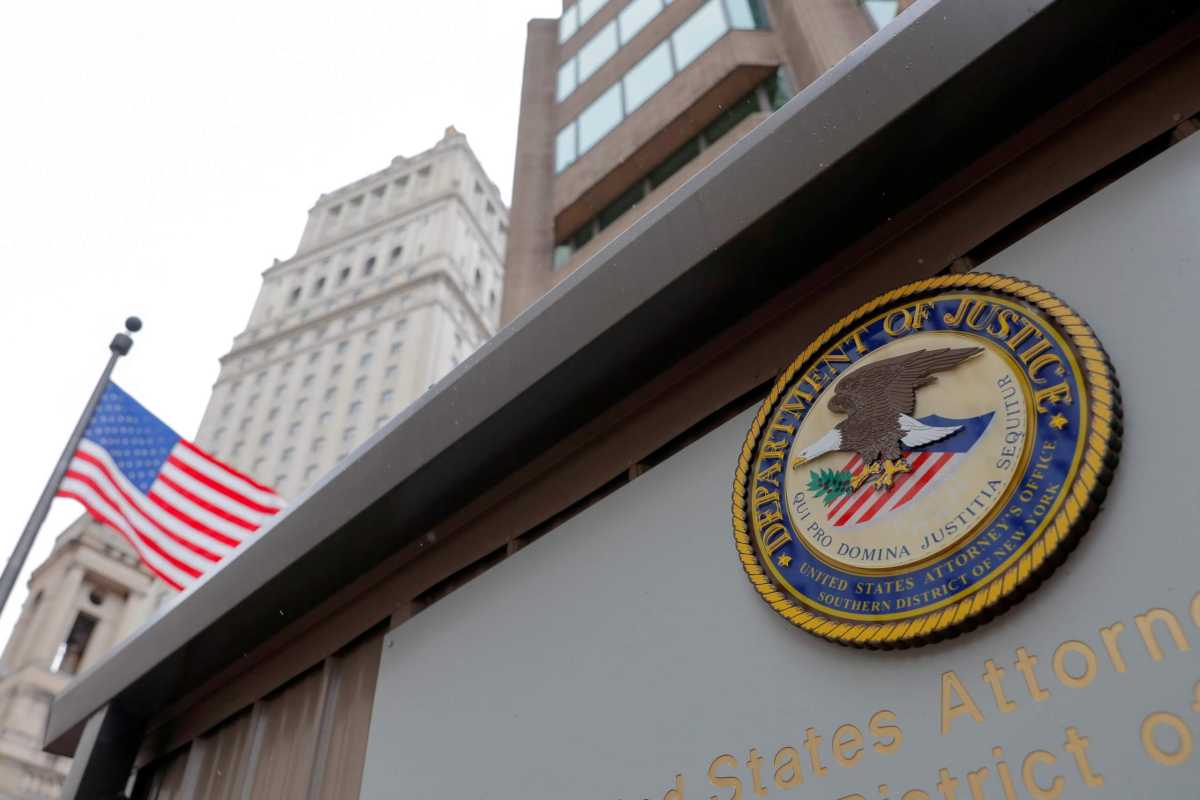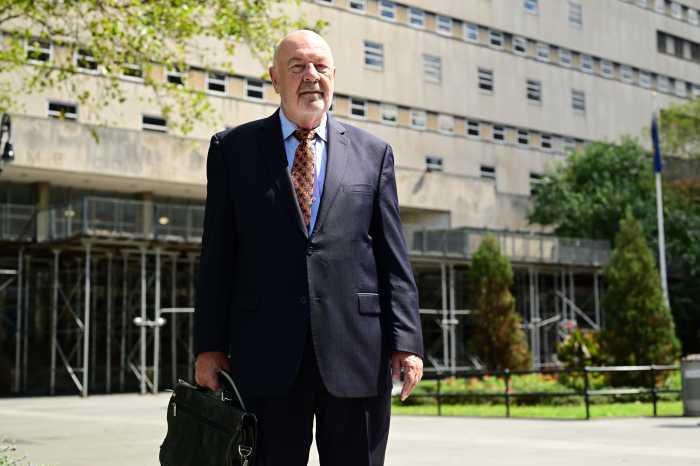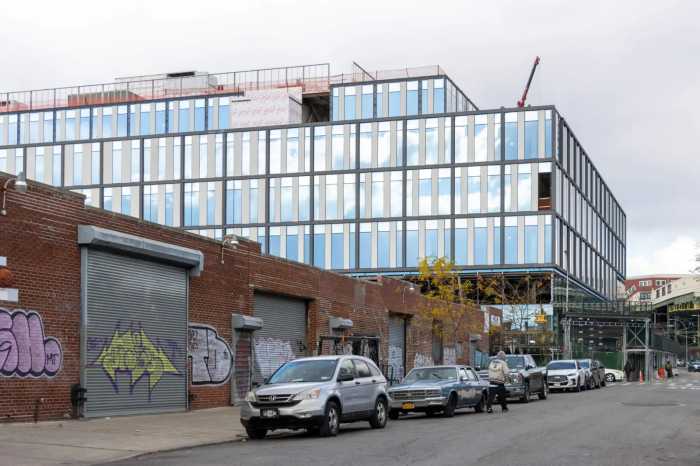More than a year has passed since the U.S. Supreme Court unanimously held in its April 2024 decision in Muldrow v. City of St. Louis, Missouri that employees need only show “some” harm to advance a discrimination claim under Title VII of the Civil Rights Act of 1964, rather than “significant” harm.
It is a good time to reflect on how courts have applied the “some harm” standard to employment discrimination claims.
What Happened in Muldrow?
Ms. Muldrow was involuntarily transferred from the St. Louis police department’s specialized intelligence division to a more traditional uniformed position and replaced by a male colleague. While the transfer did not result in a change to her pay and benefits, it deprived her of various perks she previously enjoyed (e.g., an unmarked vehicle, heightened security clearance and authority to investigate high-profile crimes). The supreme court clarified that employees alleging transfers were discriminatory under Title VII need only show their “transfer brought about some ‘disadvantageous’ change in [their] employment term[s] or condition[s]” and that Title VII does not require a showing of “serious” or “significant” harm.
Cases Interpreting Muldrow’s “Some Harm” Standard in Favor of Employees
In Riggs v. Akamai Techs, a sales representative alleged her employer discriminated based on sex when she, unlike her male co-workers, was assigned “additional small, problematic accounts,” requiring her to devote more time to less prestigious matters and causing her to miss sales quotas. She also alleged she had been excluded from social events with clients, depriving her of opportunities to network and solicit business. The United States District Court for the Southern District of New York held that the employee “pleaded plausibly a disparate treatment claim under Title VII,” and denied the employer’s motion to dismiss.
In Ciotti v. City of New York, the court stated that placing an employee on involuntary leave – even if paid – and requiring the employee to undergo urine testing and counseling left the employee “worse off.” The court reasoned that counseling, which it described as “repeated[,] unwanted, and indeed harassing,” coupled with the “repetitive and utterly unnecessary urine testing,” left the employee “devastated.” Thus, the court held that the employee presented sufficient facts to support the employer may have discriminated against her based on sex.
In Peifer v. Pennsylvania, the United States Court of Appeals for the Third Circuit held that under Muldrow, an employer’s denial of an employee’s request for light duty as a pregnancy accommodation might constitute an adverse employment action under Title VII. Reasoning that in Muldrow, the supreme court “made clear that adverse employment action need not be serious,” the court remanded the case to determine if the employee asserted harm sufficient to meet Muldrow’s standard.
In Cole v. Grp. Health Plan, Inc, the United States Court of Appeals for the Eighth Circuit held that public scrutiny flowing from an employer’s vaccination requirements might constitute “some harm” under Muldrow. Employees were permitted to request religious or medical exemptions from the employer’s vaccination mandate, subject to conditions (i.e., unvaccinated employees were required to always wear masks and additional PPE as appropriate and agree to reassignment). Vaccinated employees were given orange badge locks permitting them to remove masks in certain areas.
One employee was exempted from the mandate but not the conditions. She argued the orange badge locks publicly indicated vaccination status and, together with the masking requirements, singled out the unvaccinated, subjecting them to embarrassment. She alleged the partial exemption led to her attending work meetings on Zoom instead of in person to avoid uncomfortable office situations.
The court held the social consequences of issuing badge locks only to vaccinated employees, coupled with the employee’s reassignment to different work settings, may constitute “some harm” under Muldrow and remanded the case.
Cases Interpreting Muldrow’s “Some Harm” Standard in Favor of Employers
In O’Horo v. Bos. Med. Ctr. Corp.,, the United States Court of Appeals for the First Circuit concluded that to be successful in a Title VII discrimination claim under Muldrow, the alleged adverse action must change the terms and conditions of employment. To this end, the first circuit held that a scheduling discrepancy resulting in an employee being informed she would be subjected to more performance reviews than her male counterparts did not rise to the level of an adverse action because the employer did not conduct additional reviews, and thus the terms and conditions of her employment remained unchanged.
In Rios v. Centerra Group LLC, the first circuit held that an employer admonishing a security guard for eating at his post, parking in spots near the guard rest house and using the guard rest house bedroom to change clothes, did not constitute disadvantageous changes in the terms or conditions of employment. The court wrote, “None of these incidents resulted in any formal discipline. In fact, Rios testified his supervisors continued to allow him to eat at his post despite the one admonition for that activity.”
In Budhan v. Brightworks Sustainability LLC, the United States District Court for the Southern District of New York disagreed that an employer assigning an employee undesirable work assignments and allegedly depriving her of client-facing presentation opportunities fell within Muldrow’s “some harm” standard. The court held the complaint did not support the employee experienced anything more than non-actionable “minor annoyances” or “trivial” inconveniences.
In Gopal v. University of Conn., the United States District Court for the District of Connecticut disagreed that an employer discriminated based on race, color and national origin by placing an employee on administrative leave pending a misconduct investigation. Distinguishing the facts of Muldrow from those in Gopal, the Court held the employee was not subjected to the type of consequences imposed on the employee in Muldrow. The court reasoned “jurisprudence still seems to permit placing an employee on paid administrative leave pending an investigation…, thus allowing employers to take responsible steps (particularly in the case of a university and a public sector employer) to protect against any ongoing misconduct by the employee under investigation without rendering such employee any ‘worse off.’ ” Further supporting the court’s conclusion was the lack of evidence the employee was prohibited from teaching classes or his colleagues knew about the administrative leave.
In Williams v. Memphis Light, Gas & Water, the United States Court of Appeals for the Sixth Circuit decided that temporarily relocating an employee pending an investigation to avoid encounters with staff she alleged harassed her did not constitute an adverse action under Muldrow. The court was not convinced that working away from the main office made her “worse off” because she had to communicate with her supervisors via email. The court also held that excluding the employee from meetings unrelated to her position and instructing her not to eat food she did not pay for at a retirement party did not change terms or conditions of her employment.
Retaliatory Conduct Must Still Be Materially Adverse Under Title VII
The Supreme Court explained in Muldrow that the heightened “materially adverse” and “significant harm” standards still apply to retaliation claims and employees must show that an employer’s alleged retaliatory action caused more than “some” harm.
In Khazin v. City of New York, the United States Court of Appeals for the Second Circuit held the city did not retaliate against an employee in violation of Title VII when it waitlisted him for an employee training program. According to the Second Circuit, to be materially adverse, the alleged retaliatory conduct must constitute more than “petty slights” or “minor annoyances.”
Muldrow Applies to Disability Claims Under the Americans with Disabilities Act
Courts have held Muldrow applies to discrimination claims under the Americans with Disabilities Act (ADA): In Rios, the First Circuit applied Muldrow to an ADA claim in which an employer allegedly discriminated based on a disability (diabetes) by terminating an employee for falling asleep on the job; in Davis v. Orange Cnty., the 11th Circuit noted that the framework evaluating Title VII and ADA claims is the same; and in Ciotti, a district court in the S.D.N.Y. held that Muldrow applied to a disability discrimination claim brought by an employee, who suffered from PTSD.
Key Takeaways:
- “Some” harm means adverse actions that leave employees “worse off.” While the focus of the U.S. Supreme Court’s review in Muldrow was on an employment transfer, courts have established that the lower “some” harm bar for Title VII (and the ADA) applies to all employment actions.
- “Minor annoyances” are insufficient under Muldrow. Courts draw the line at actions described as “minor annoyances” or “trivial” inconveniences that have no material effect on the terms and conditions of an employee’s employment.
- Retaliation claims continue to be subject to the heightened standard. For a Title VII retaliation claim to survive, the conduct must still pass the longstanding “materially adverse” standard and cause “significant harm.”
Patricia E. Reilly, Salvatore G. Gangemi and Eboné L. Luciano are all members of Harris Beach Murtha’s Labor and Employment Practice Group.








































